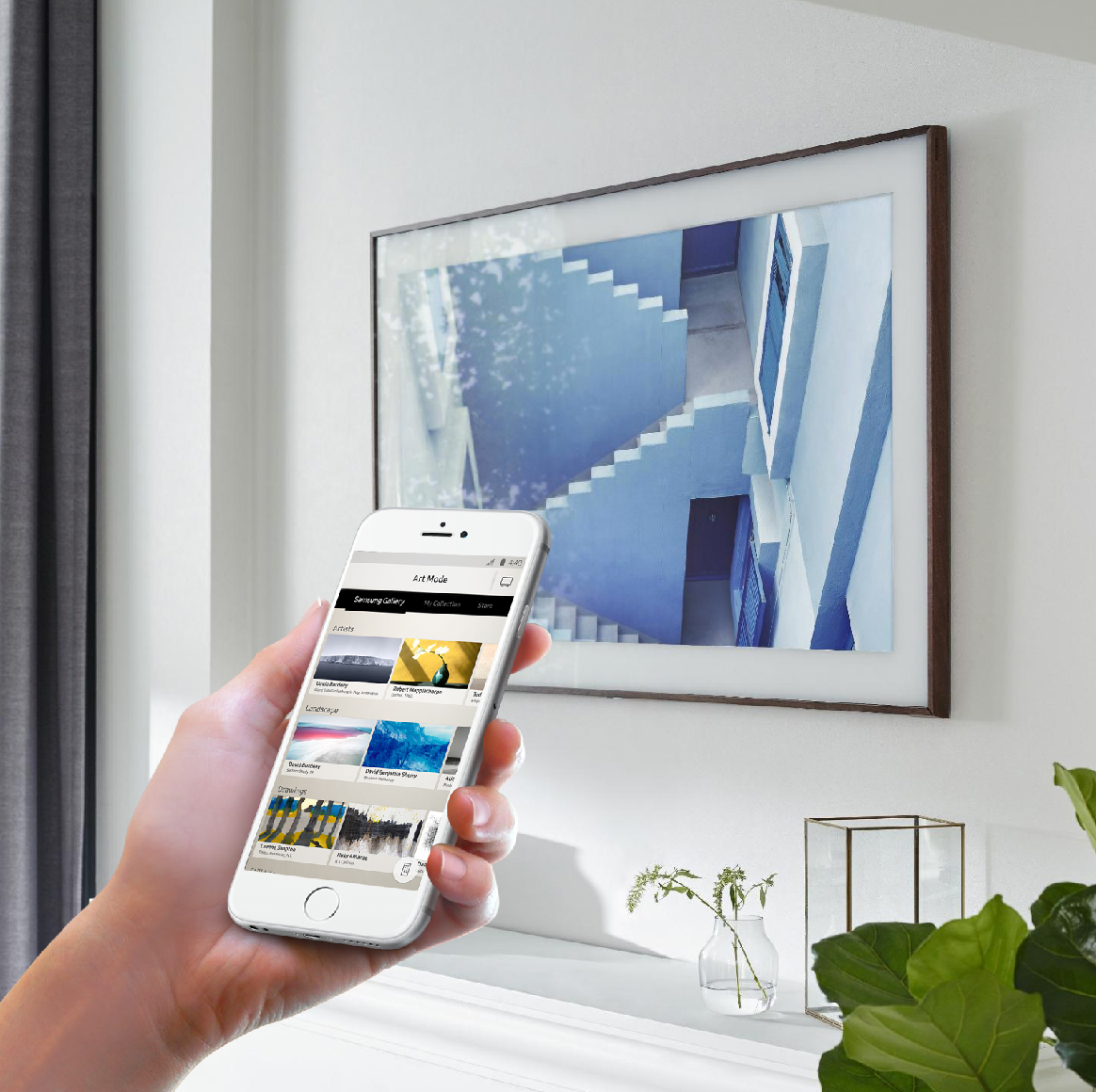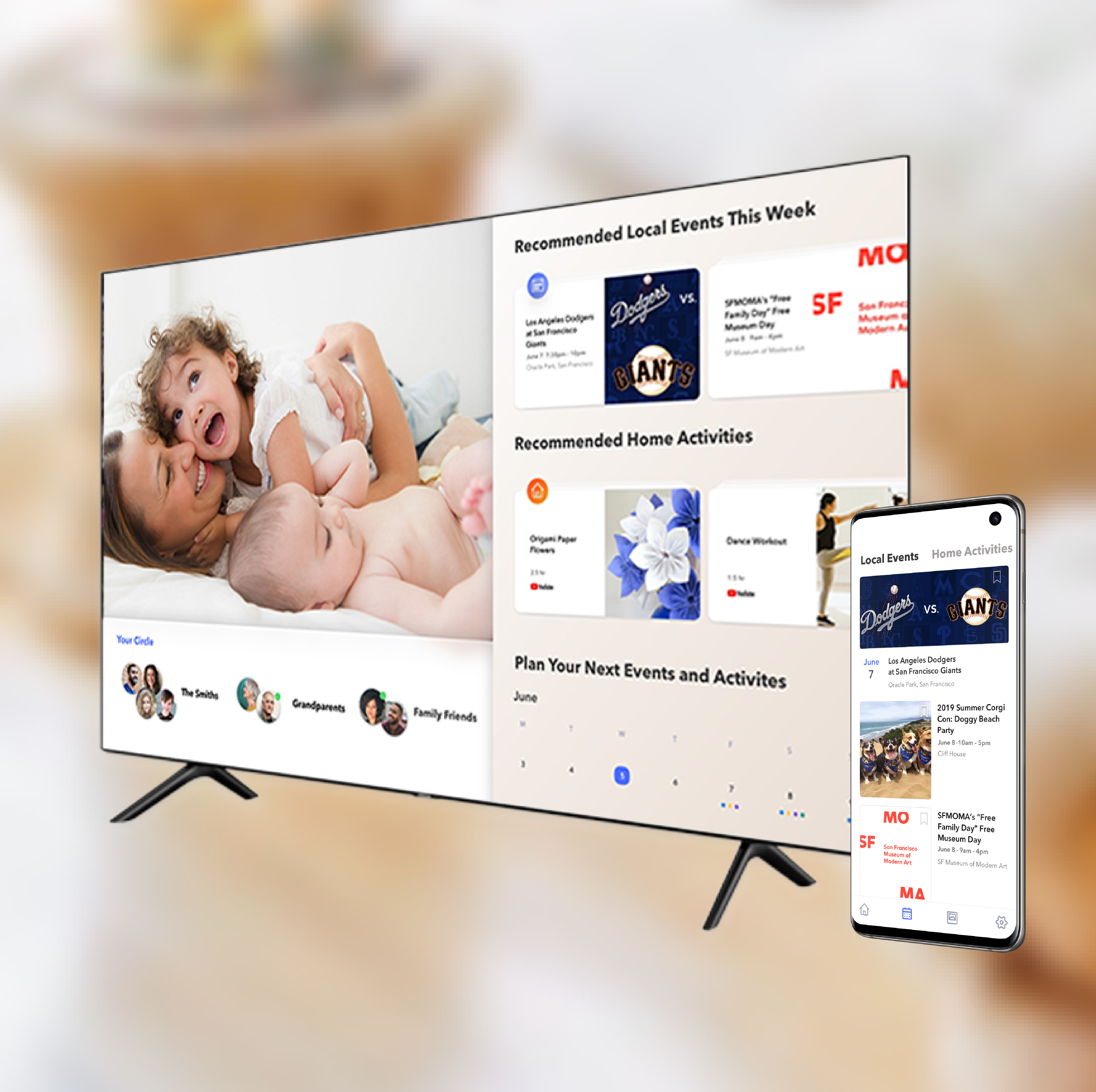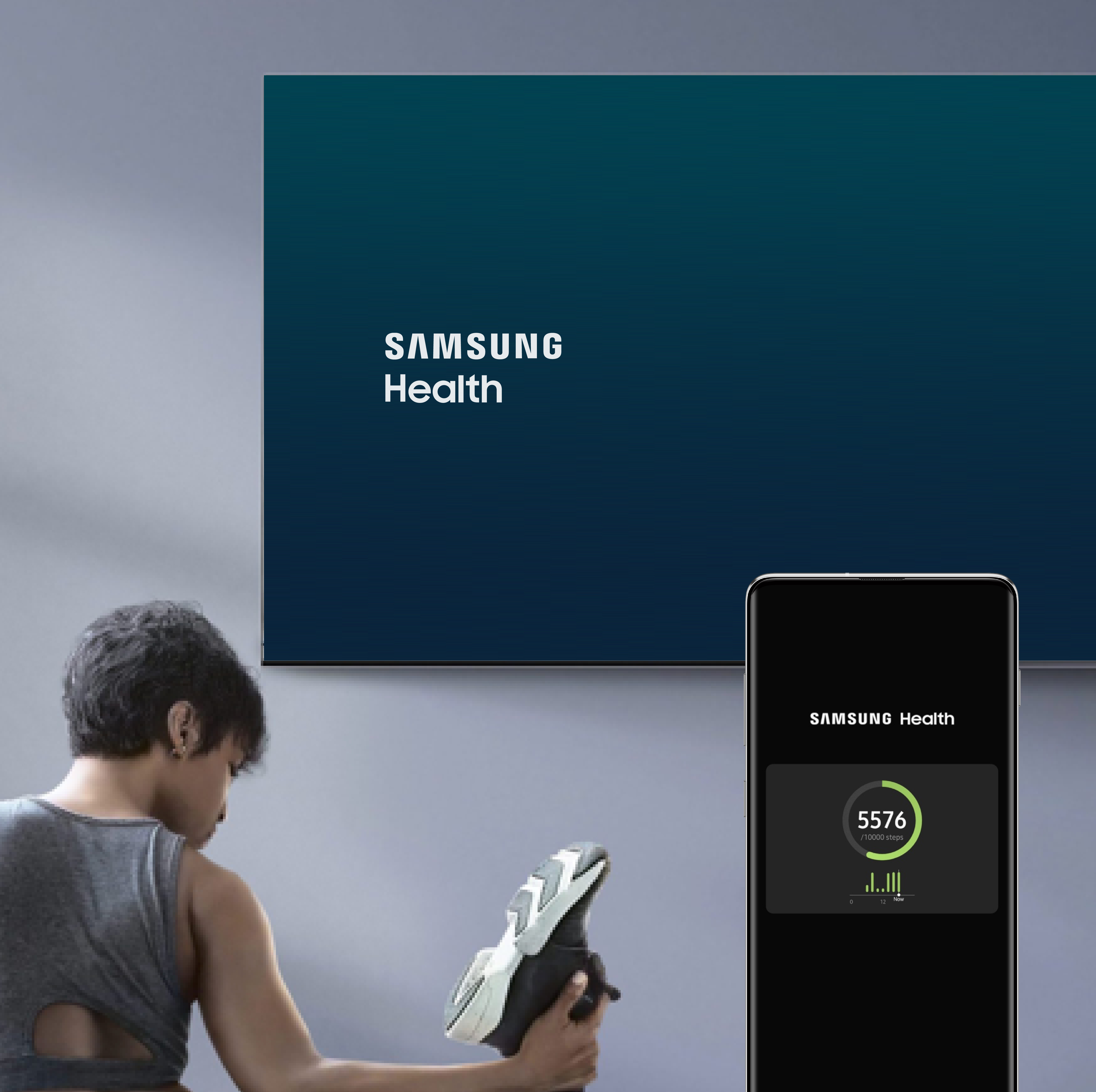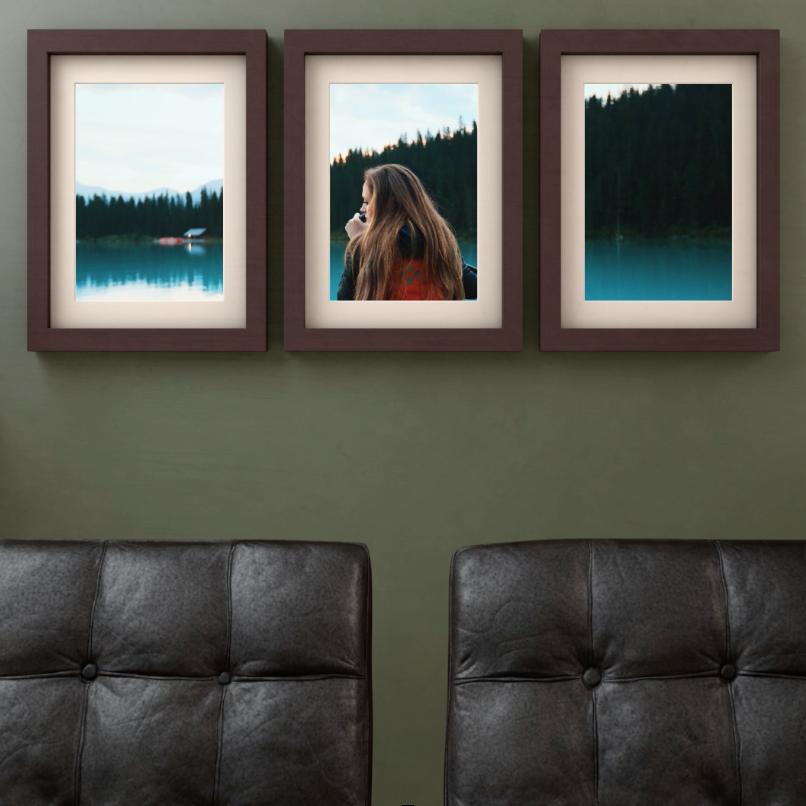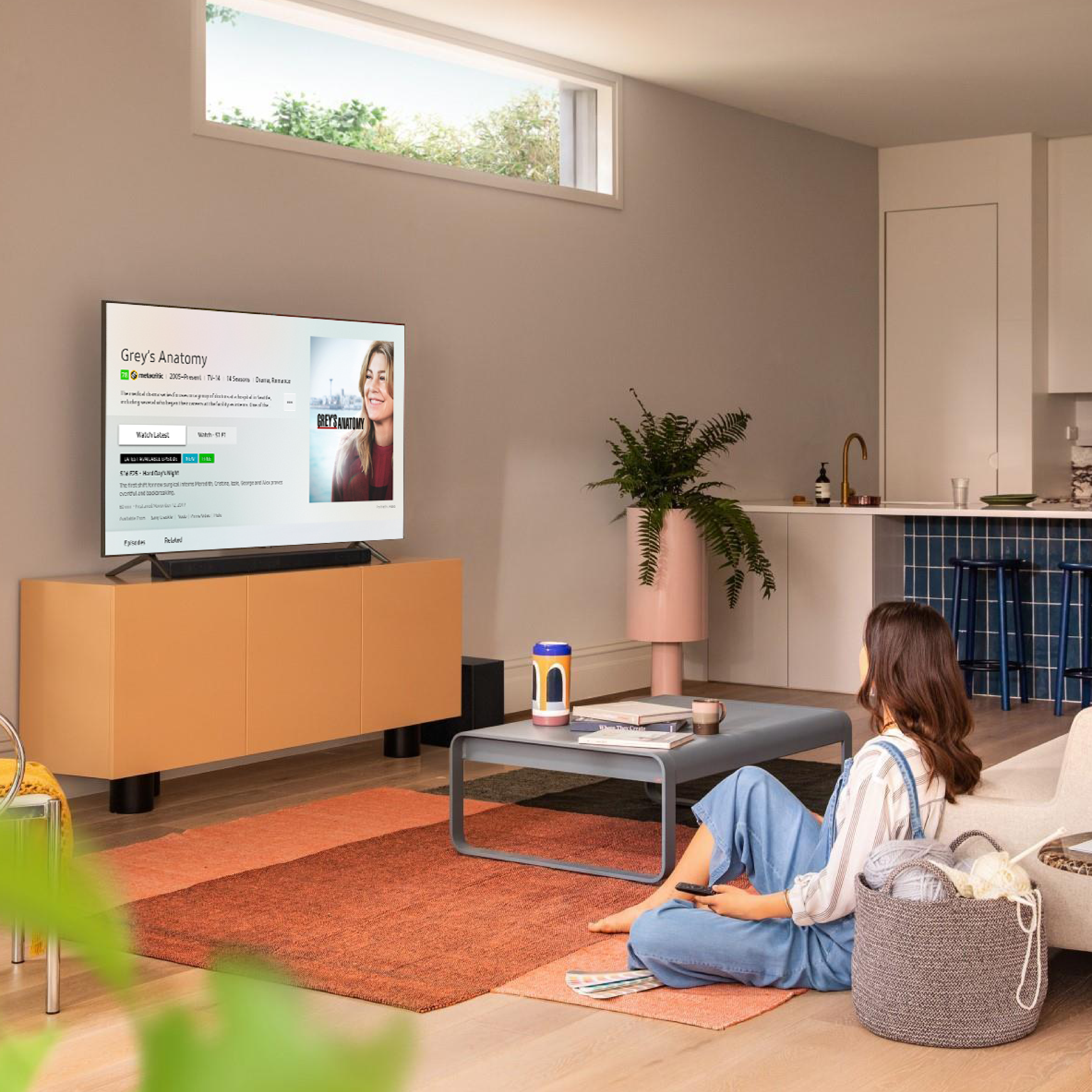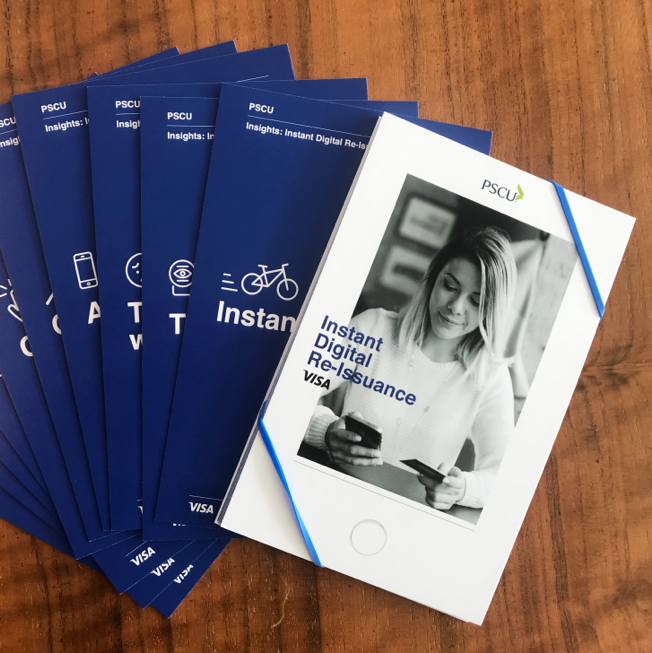VR Game: Midnigt Chef
The mini VR meals preparation game aims to influence nutritional habits and form a positive relationship with food. Targeting children players to learn about the correlation between nutrition and ingredients while suggesting dishes for users with different needs.
Time: I started building the concept from Feb 2022 in my free time and completed the game in May 2022.
Role: Self initiated proof of concept project from research, design to prototype. End-to-end design from concept development, interface design, interaction design, 3D assets sourcing and integration, and game mechanisms design. Technical solutions and scripts were guided by Unity Instructor Indika Wijesooriya.
How I Get Started
VR is known for being an immerse, focused, and empathetic learning platform. The mini-game is my experiment to explore how nutrition education can leverage the innovative technology to enrich the learning as interactive and memorable. Whether it be a child or an adult, people don’t like to forcefully do something. Understanding the value of nutrition through eating healthy and tasty food could be the answer to developing healthier habits for people. My goal is to create a fun and comprehensive alternative to widespread approaches to nutrition. In this way, it focuses on the positive aspects of nutrition and healthy eating rather than making people feel as though they are forced to eat a certain way in order to be healthy.After setting the game’s goal, I started to think about the meaning of cooking because cooking is another way that people interact with food besides from eating. Cooking is about be creative, social, emotional and be organized; It requires skills like agility, creative expression, and strategy thinking. It’s not just a solo experience because sharing food with others is a social act. Serving food can comfort people, and the food itself can become a source of pleasure.
When I researched the current VR cooking landscape from app stores and YouTube, I found a lot of exciting games. Since there are already many interesting VR cooking games in the market, replicating the popular cooking games does not produce much value.
As a result, I decided to focus on the user experience aspect of this application and the dishes planning stage.
Game Experiences


Customer Interaction
Greeting with mood assessment, Customers will be asked how they are feeling in order to establish a baseline of emotions towards nutrition and food preparations for the chef.No set menu for the restaurants. Chef prepares customized dishes to meet individual nutrition needs.


Recipe Search
User will browse through a cookbook and brainstorm recipe ideas to meet her customer’s nutritional needs.

Collecting Ingredients
User uses an inventory system to save and take out the collected ingredients. While colleting ingredients, user can browse each ingredient's nutritional card.
Collaboration
User divides work with another chef.

Serve
User serves dishes to the customers and receive their feedback.What I have learned
It's quite a learning journey but I think the best way to learn is to learn by doing. Everything 3D-related, spatial design and Unity were brand new to me. Even though I participated in an AR project at Samsung in 2016, the design at the core was 2D screen-based. Meaning utilizing a screen as a foundation to interact with other screens in the space. For example, user can upload a picture to one of the picture frames on a wall by turning on camera view from their phone, identify the picture frame and display their photos. You can check the Memento Project for more details.I also explored and learned the Unity techniques from hands on practicing, searched solutions online or consulted the Unity expert. During the design phase, I noticed I tend to tackle interaction using the 2D interface solutions. I think it’s because given my product design background in the past few years, there are best practices that I automatically go for. However, I have to remind myself to consider a much more intuitive experience with the VR platform when users no longer limit themselves to a screen.
The book system is a good example to explain this. Overall I have 3 design iterations for the recipe searching experience.
Note: As an one-person team, I am grateful to find creative commons materials and purchasable assets to focus on building the experience. The 3D models, illustration and part of the scripts' credits from this project can be found here .

